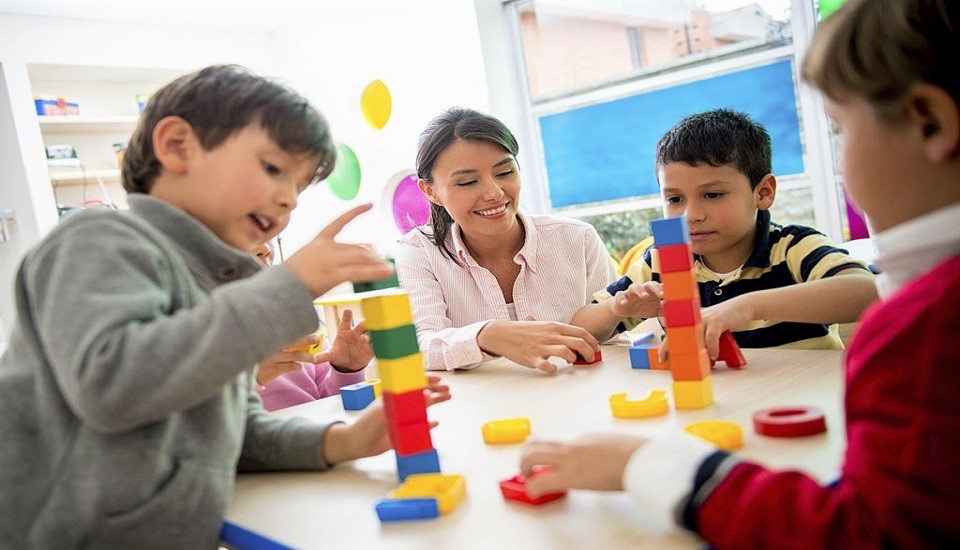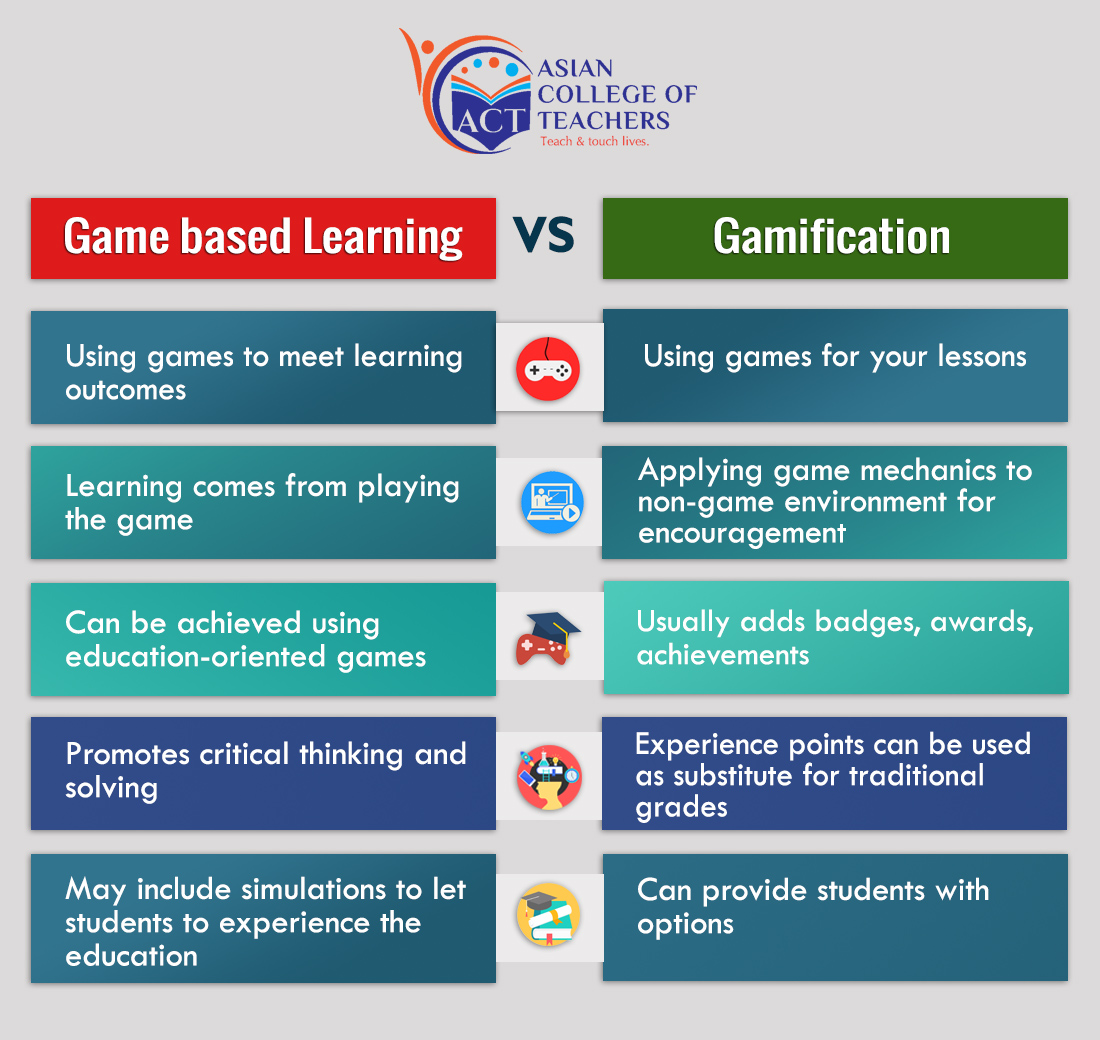Learn The Difference Between Game-Based Learning and Gamification
21st July 2021

“Education breeds confidence. Confidence breeds hope. Hope breeds peace.”
– Confucius
We are sure most primary teaching professionals have incorporated game-based learning (GBL) into their curriculum, at least once. Gamification and game-based learning, both the terms have become buzzwords in the educational sector. Consequently, some general misunderstanding still occurs regarding what both of these are.
Each of the ideas may provide your classroom with resourceful experiences. However, the differentiation leads to a bigger variance in knowledge outcomes while comparing game-based learning vs. gamification. So, what’s the difference?
Game-Based Learning (GBL)
Game-based learning is training that incorporates different game fundamentals to teach specific expertise or accomplish a specific learning result. GBL takes your core content and objectives and makes them entertaining to your learners. Karl Kapp, the author of ‘The Gamification of Learning and Instruction’, says -
“When you get right down to it, the goals of both are relatively the same. Serious games and gamification are both trying to solve a problem, motivate, and promote learning using game-based thinking and techniques.”
GBL provides a unique learning experience that gives an apprentice clear as well as challenging goals within a virtual game framework. The experience needs a high degree of learner interaction and offers educational feedback on student performance. As a teacher, you will have games that let your students hone their assistance in different topics that need problem-solving, hands-on practice, and critical thinking. It has been considered an effective way to bring about behavioural deviations. It is also important to note that games don’t just denote a computer or video games. GBL advances retention and recall rates and is more appropriate for teaching complex ideas.

Gamification
Gamification turns the whole learning development into a game. Gamification includes game mechanics to the non-game situation and encourages anticipated learning consequences. It has greatly progressed from the time of its beginning. In the classrooms of today’s world, gamification has been unified more authentically. The definition of gamification is the application of game-like mechanics to non-game entities to encourage a specific behaviour.
It is important to understand that gamification is not game-based learning, nor does it involve learners playing games with toys or using electronics. It also doesn’t essentially necessitate you to create intricate systems of experience points, unlocks, and badges, and so on.
Gamification helps learners track their own development and also encourages a precise response or behaviour. It also promotes competition by engaging learners more.
Game-based Learning vs. Gamification
Whether you choose to integrate a distinct educational game to explain a specific skill, or to gamify your total learning procedure, the end result is a more involved and successful learning onlooker. The game-based learning may practice all kinds of games usually accessible to support the course content.
When done right, both game-based learning and gamification deliver ‘n’ number of advantages. Here are some ideas and guidelines for using gamification in your classroom -
- To encourage learners–whether formerly disconnected or already outshining
- To distinguish or personalize teaching
- Use gamification to promote critical and strategic intelligence
- If you want to support both stressed and gifted learners
- Use gamification to clarify learning growth for other participants, for example, parents
- To advance the potential of prevailing educational models like project-based learning or blended learning, etc.
- Gamification also helps in resource management
- The foremost use of gamification is to foster engagement
Nevertheless, gamification isn’t an apt approach for all types of teaching. It’s best suitable for content that can be remembered or doesn’t necessitate major behavioural shifts for students.
Conclusion
Indeed, the decision between game-based learning and gamification needs to be based on your teaching goals. When you become a teacher with a primary teacher training course, you will be able to understand what your teaching goals are. Do it the right way so that you can prepare the futuristic learners of the upcoming world.
Written By: Sheetal Sharma